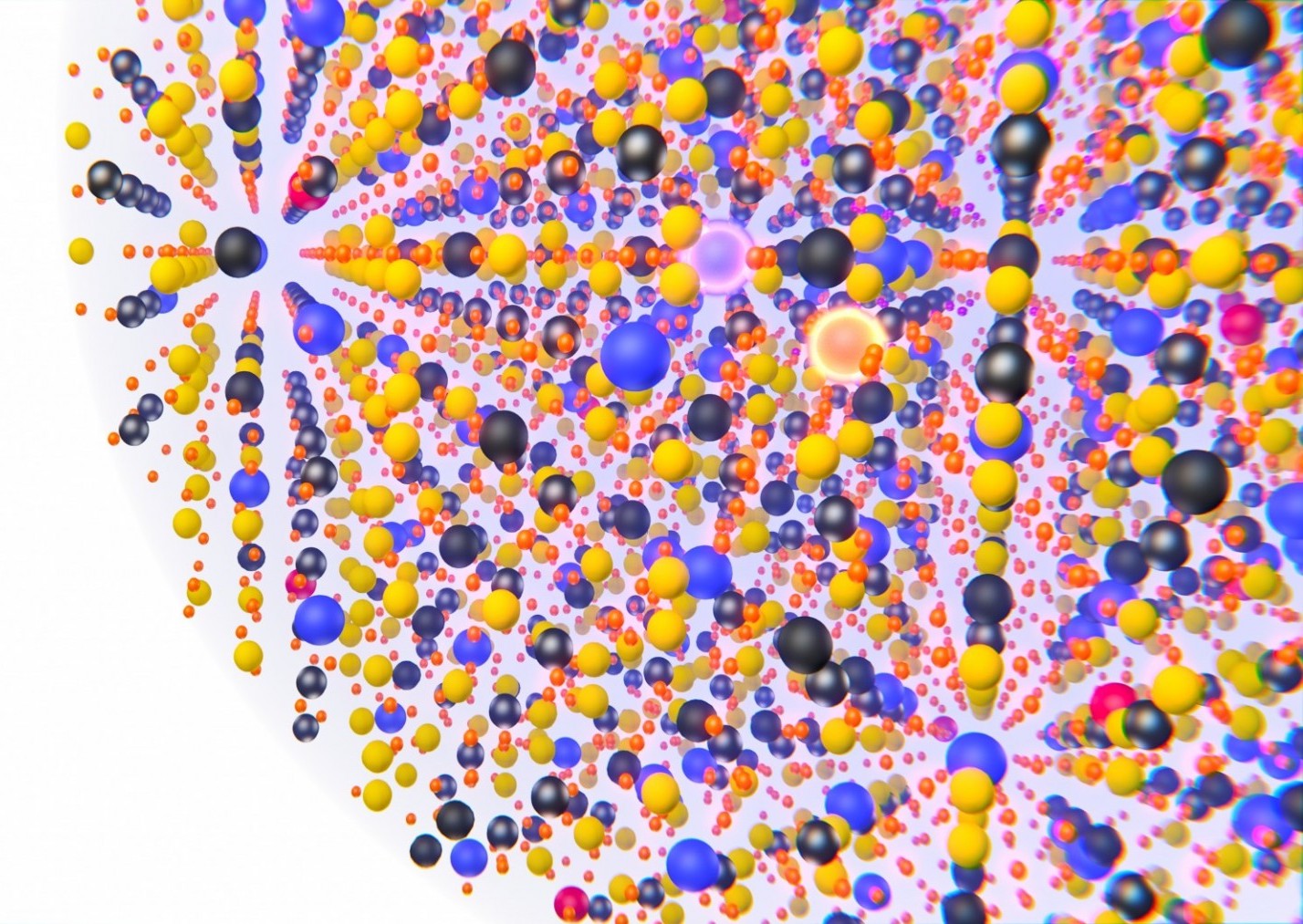Research
Current Research
Upconverting and Avalanching Nanoparticles
Lanthanides are everywhere. They exist in your handheld devices, LIDAR electronics, and pretty much anything that contains a laser. What makes them fascinating
optical materials to study is that they simply have lifetimes extending into the microseconds, making them excellent optical gain materials for lasing. In
particular, upconverting nanoparticles have been designed to take advantage of these long lifetimes and uses them to excite higher level electrons in their 4f
orbitals. A series of energy transfer exchanges
between several lantahnides and their excited states within the nanoparticle enable upconversion, a process where the absorption of two sequential photons
lead to the emission of a single, higher-energy photon. In doing so, these upconverting nanoparticles can 'upconvert' low-energy infrared photons into higher-energy visible photons for imaging applications.
Currently, avalanching nanoparticles (ANPs), poised as a next-generation nonlinear material, can not only upconvert, but also release >2 visible photons (and up to 30 even!) at the same instance,
making them one of the most nonlinear nanomaterials to-date.
Currently, I am studying the magneto-dependent photoluminescence behavior of ANPs, including their potential applicability in magnetometry and quantum sensing.
Nano-optics
Nano-optics has recently emerged as an exciting imaging modality to probe nanoscale materials. In particular, I am interested in the development of other relatively unexplored
nano-optical techniques, such as nano-second harmonic generation and nano-photocurrent mapping. In the far-field, second harmonic generation has already been demonstrated to be sensitive to
crystal orientation and structure. Pursuing nano-second harmonic generation with nano-optics will likely enable the understanding local strain/symmetries in delicate 2D material systems
that are theorized to host intricate correlated-electronic phenomena. Also, unlike fair-field photo-current mapping, other modalities such as nano-photocurrent mapping will also be critical
in understanding local electrostatic forces at the nanoscale.
Metamaterials
A rapidly developing research area, metamaterials are bound to play unexpected roles in technology in the 21st century. Among the many are:
improving medical imaging resolution through the metamaterial-modulation of the point spread function, integration with AR/VR
for holographic displays, and enhanced photo-generation in photovoltaics. Here, I am interested in the tailoring and coupling of metamaterials
to enhance the properties of nanomaterials.
Ultrafast Spectroscopy
Ultrafast spectroscopy allows scientists such as myself to understand the temporaly dynamics of a material system with temporal resolutions
down to picosecond timescales. In particular, I am interested in exploring more ways in how THz spectroscopy (a subset of ultrafast) can drive
material dyanmics so that one may acuqire all-optical control of nanomaterial systems.



